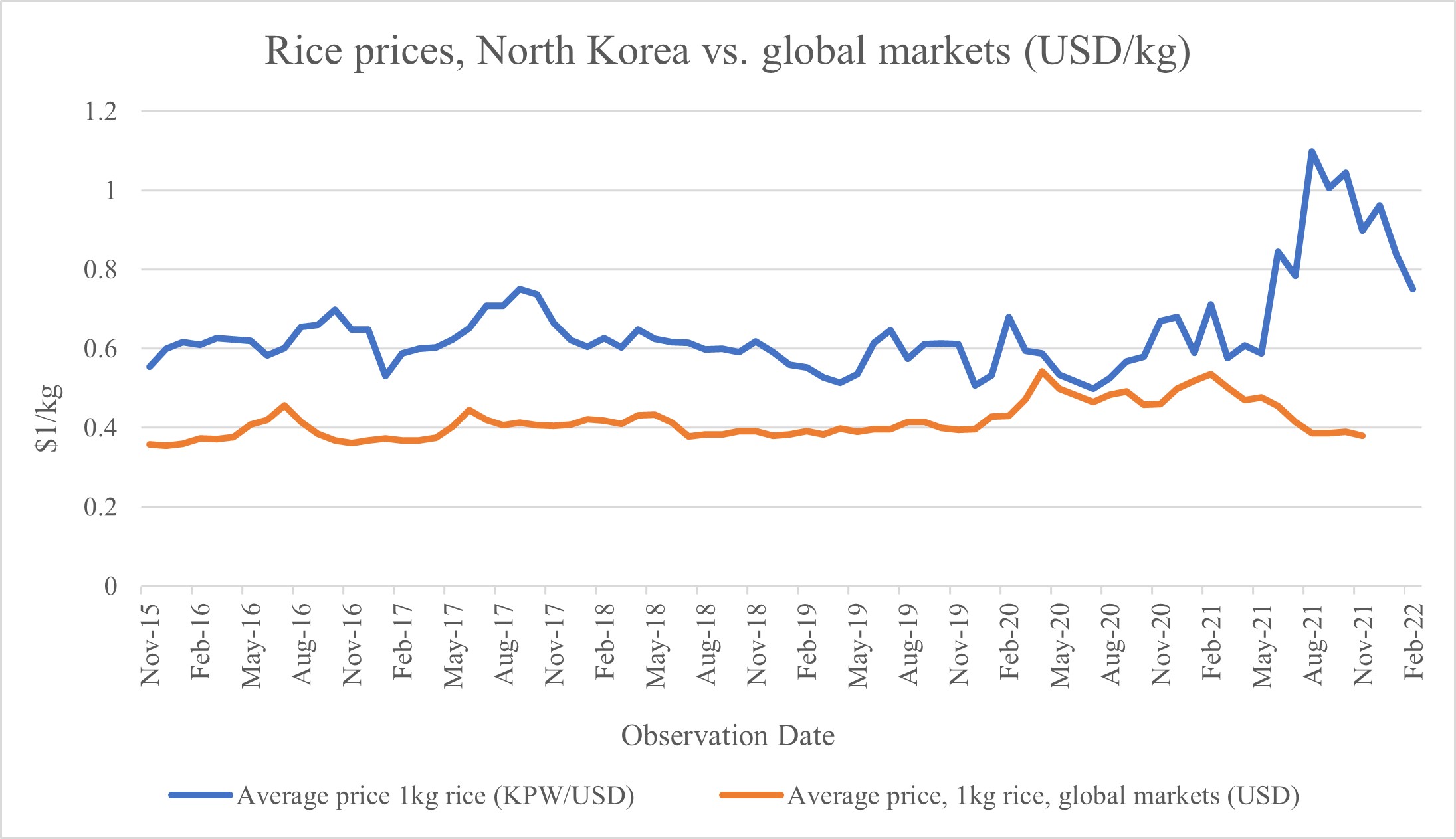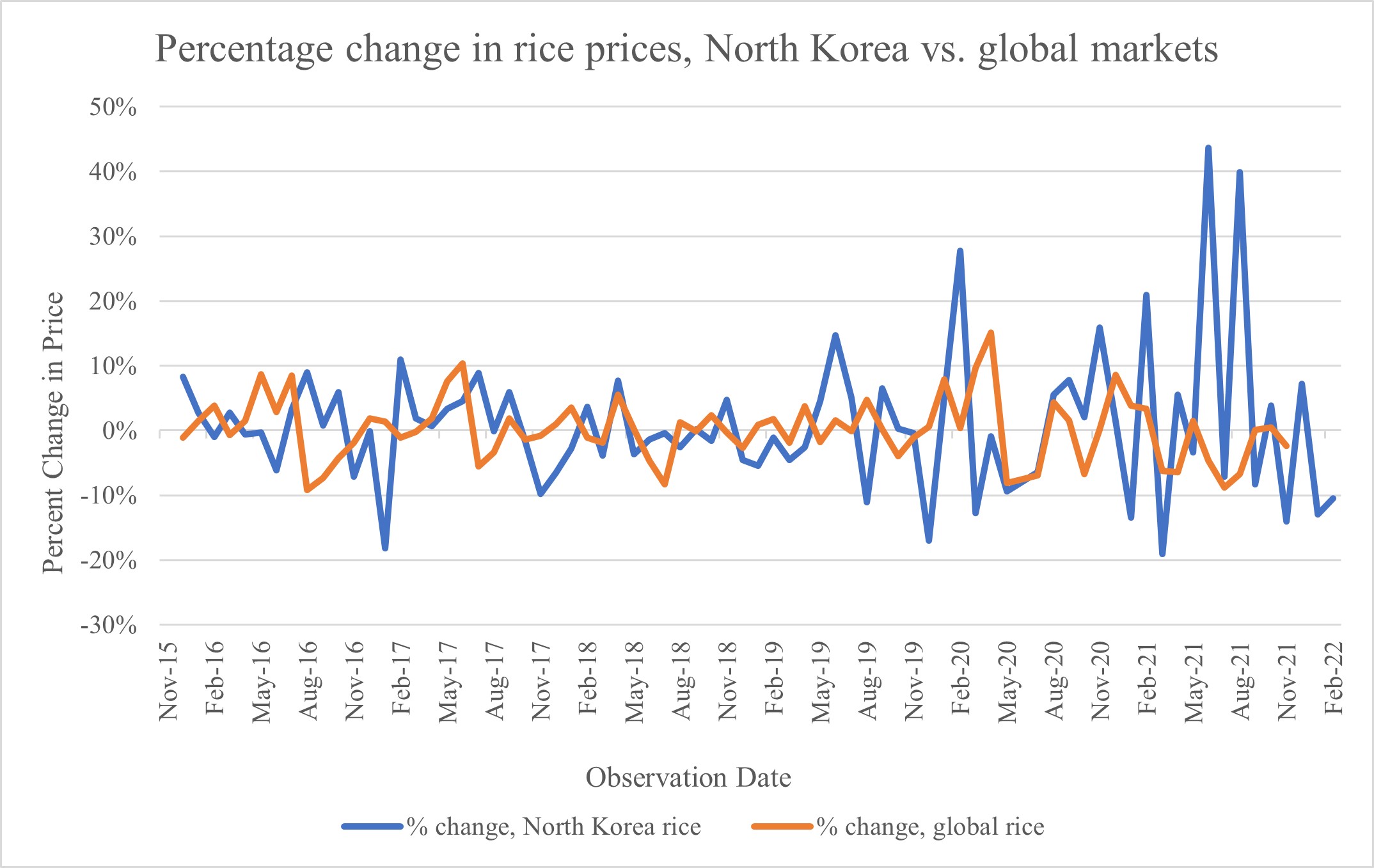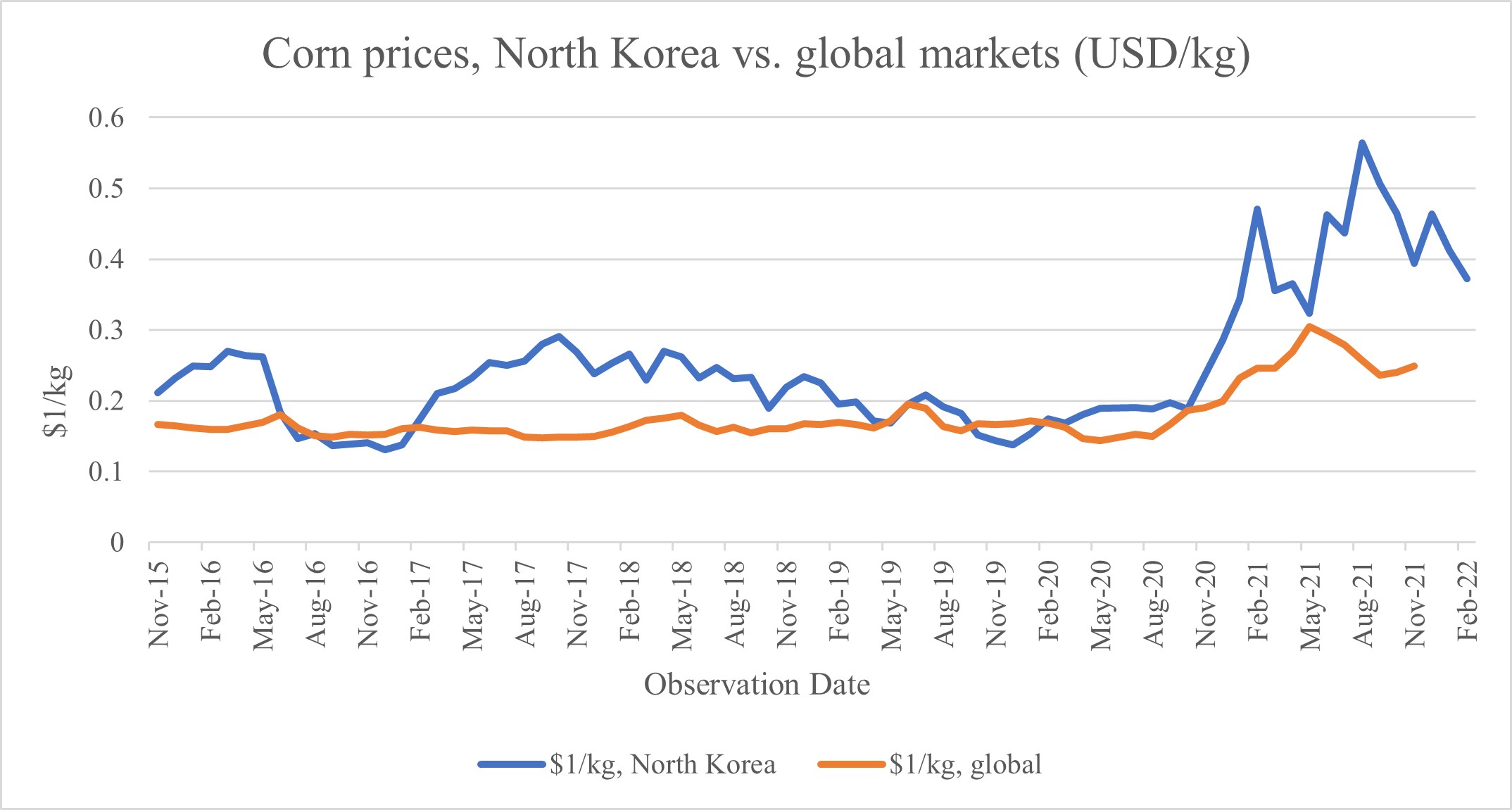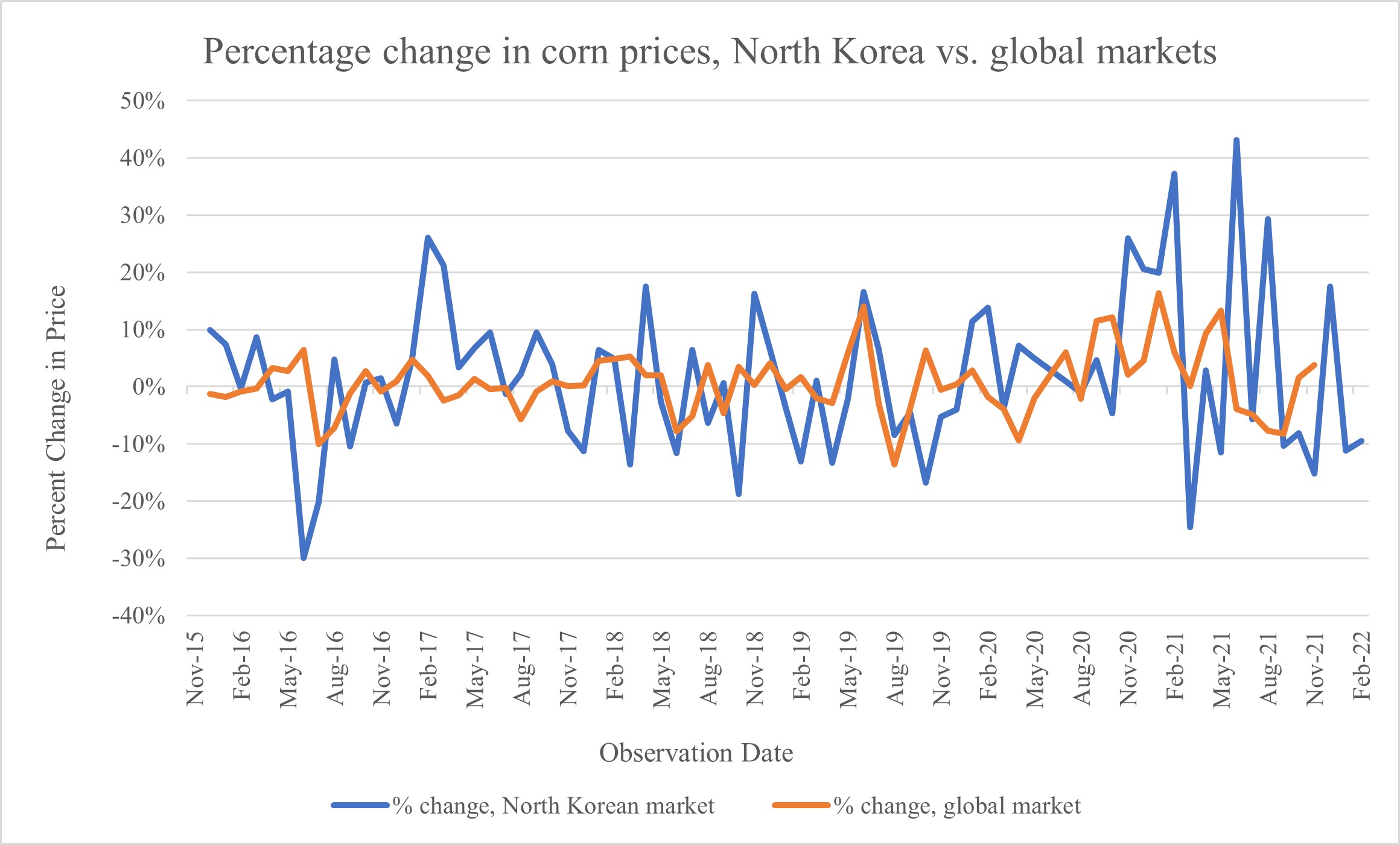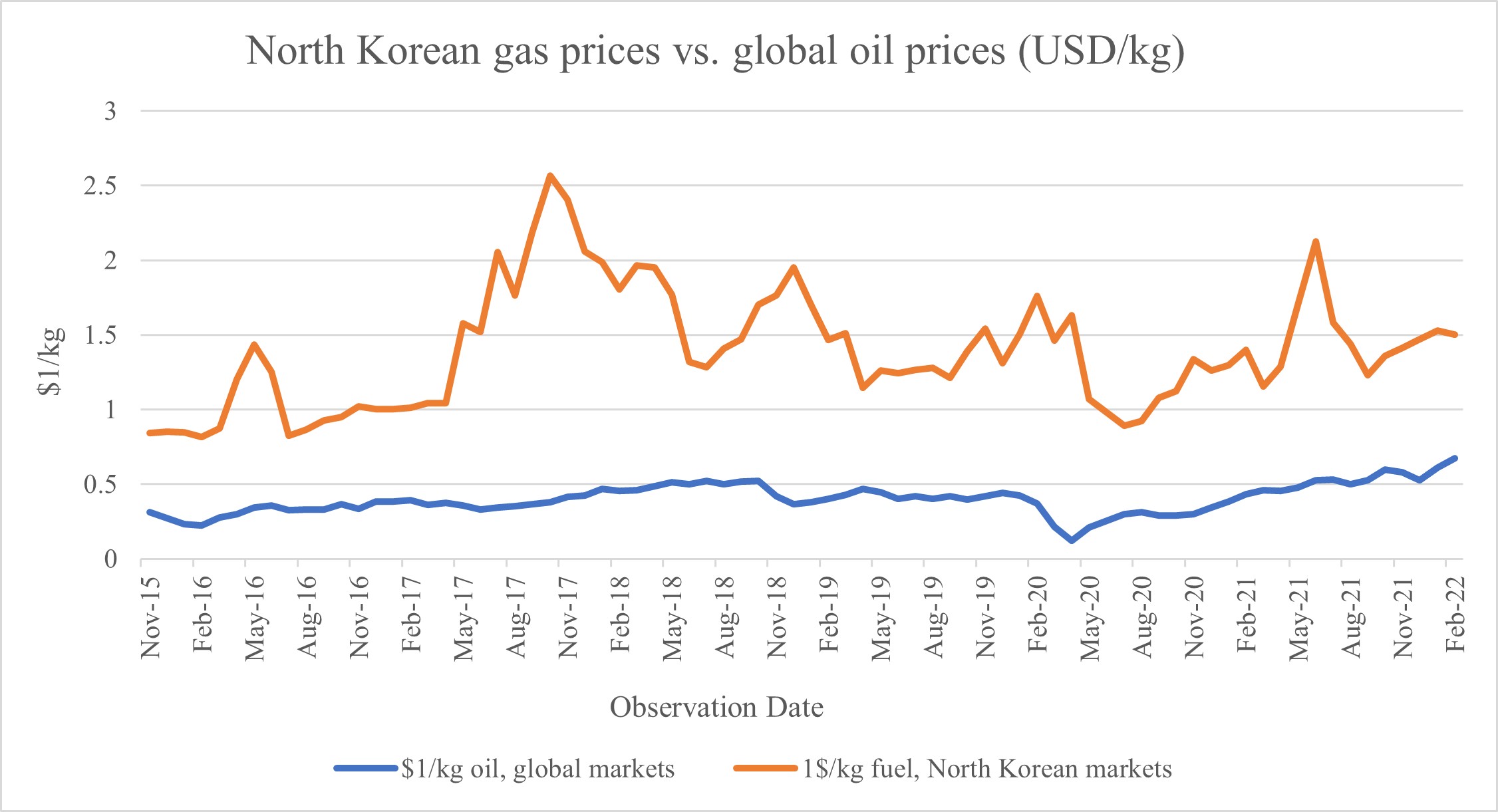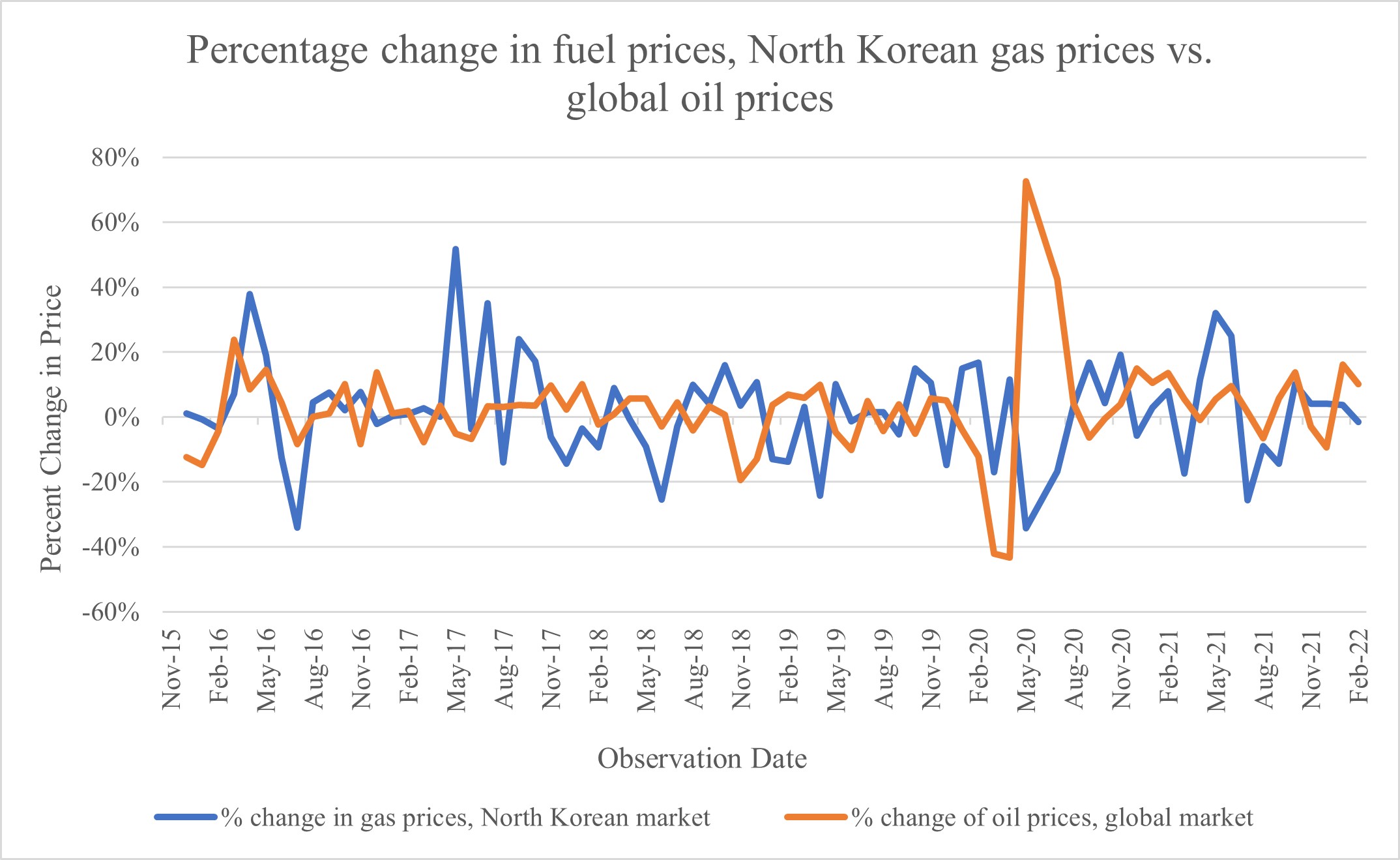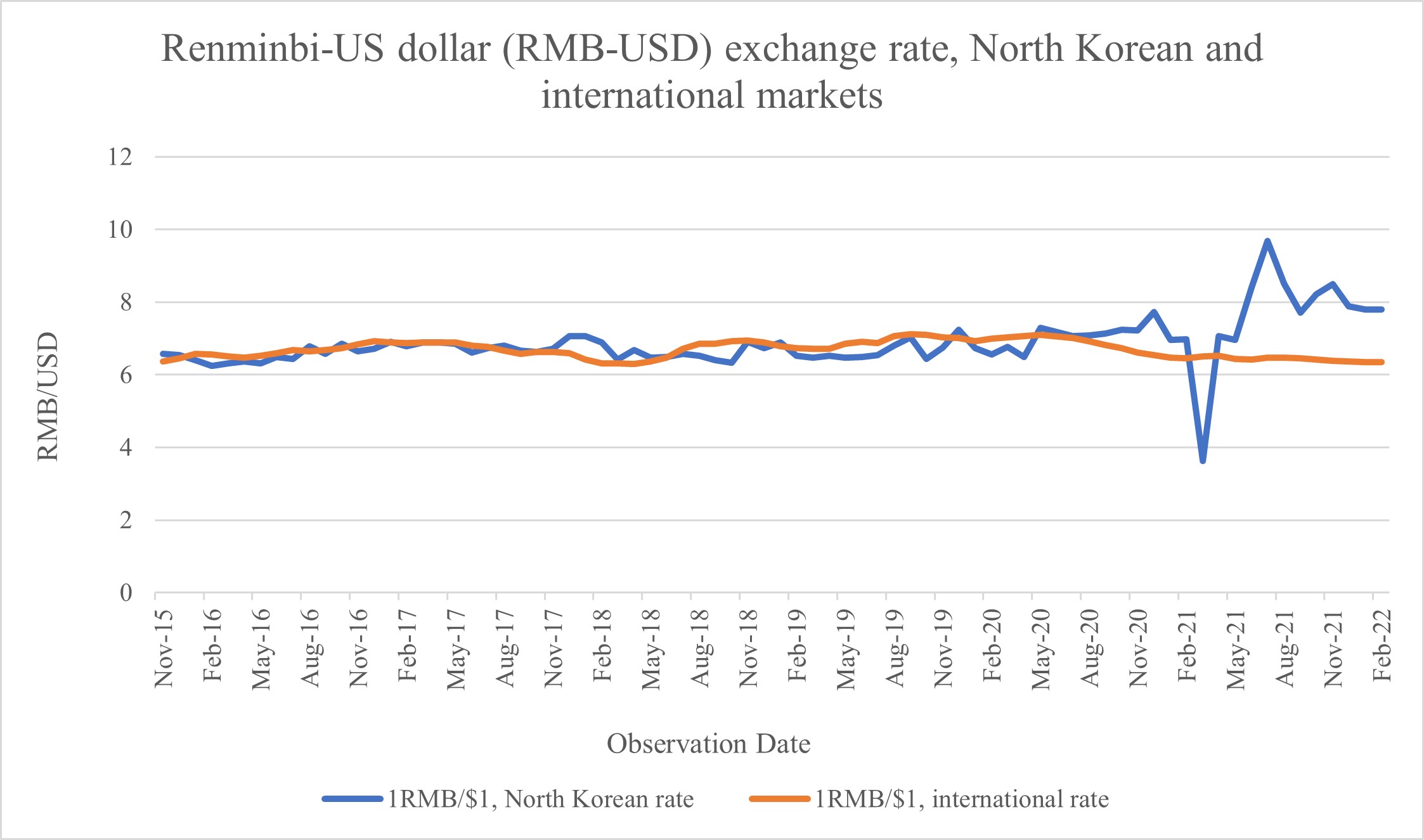Ever since it launched its first audacious land occupations in the mid-1980s, in which groups of impoverished farmers took over unused estates in Southern Brazil and turned them in to cooperative farms, the Landless Workers Movement (known in Portuguese as the Movement dos Trabalhadores Rurais Sem Terra, or MST) has stood as one of the most innovative and inspiring social movements in the world. By 2016 its estimated 1.5 million members had established 2,000 permanent settlements throughout Brazil, with some 350,000 families winning land by organizing for their rights. By the start of the pandemic, the movement also maintained more than 170 community health clinics and 66 food processing facilities, which quickly became vital centers of mutual aid, as the group began giving out huge quantities of food to people in need. In addition to using direct action to win land reform, the MST has pioneered a program of radical schooling for Brazilian youth and adults, especially those living in rural areas. As of 2018, the movement was operating in 2,000 schools — with thousands of MST-aligned teachers instructing upwards of 250,000 students. Remarkably, although state and local governments fund and administer many of these schools, the MST has been able to place its own teachers and implement a radical pedagogy. This includes study of agrarian reform and social justice movements, as well as the ideas behind agroecology — a model of sustainable agriculture that rejects corporate agribusiness. For movements in the U.S. and beyond wondering how they can engage with the system without being co-opted, the MST offers a powerful example. Many social movement scholars believe that movements can institutionalize their wins over the long-term by having the state and mainstream political parties adopt their demands and programs. However, these scholars also contend that such institutionalization comes at a price: too often, as movement programs are incorporated into mainstream structures, grassroots forces become demobilized, dull their radical edge, and lose their ability to exercise disruptive power.
We recently spoke with Tarlau to discuss this strategy — as well as the wider lessons we can learn from the 40-year struggle of Brazil’s landless workers. Our conversation has been edited for length and clarity.
***
In your book, you talk about “the long march through the institutions.” Can you explain this idea and how it applies to the MST?
A lot of people associate this idea with Antonio Gramsci, although it actually wasn’t a phrase that he used. The “long march through the institutions” comes from German activist Rudi Dutschke, who was referring to how students could potentially transform universities as institutions — and also the way that students could go on to transform other institutions after graduating.
The idea, which draws on Gramsci, is that when social movements engage with state structures, they’re not necessarily destined to be co-opted. Of course, that can happen. But if you have a collective movement, thinking through structures like schools and healthcare systems — as well non-state structures, such as unions and civil society organizations — is extremely important, because those are the institutions that people spend their daily lives in. We spend hundreds of hours in schools, in healthcare systems, in institutions that provide housing. So you can have a utopian vision, but if you’re going to affect everyday people, you also have to try to engage and transform these mainstream institutions.
So, implicit in the idea that activists should undertake a “long march through the institutions” is the notion that they might regularly try to avoid such engagement?
Yes. And that’s because the danger of cooptation is real. And also because engagement with the state is so often reduced to electoral politics. Especially in the United States, people get disillusioned with the idea that if you get someone elected, they’re going to make the change. And, first of all, that never happens, right? But also, this notion misunderstands power.
With the long march through the institutions, electoral politics is only one piece of the puzzle. I quote one of the leaders of the MST, João Pedro Stedile, who addressed a conference of MST teachers in 2015, just as Brazil’s President Dilma Rousseff was being kicked out of office by conservative legislators and right-wingers were mobilizing the streets. He said, “Some people think we can just take the presidential palace and then have power. But there is nowhere in Brazil with less power than the presidential palace!” Everyone laughed because Dilma was about to be impeached. And then he said that we need to understand power differently — we need to understand it like Gramsci, who says we need to contest power in all spaces of social life, whether that’s in the media or the schools or with the land. And the MST has been doing that for a very long time.
You describe the MST’s interactions with the state as a process of “contentious co-governance.” What does this term mean, and why does it matter?
I think this is key in not getting co-opted. We’re used to seeing institutional reforms at moments when social movements are really strong. And then the reform continues, and social movements die down.
One example of this in the United States in the educational sphere would be Black Studies and Ethnic Studies departments. These were born out of the Third World Liberation Front, out of the Chicano movement, and the Black liberation movement. So there was a really strong link between social movements and institutional reform. But as movements died down and the reform continued, you started to get a disconnect. I don’t want to be misunderstood: there are still amazing, radical faculty in those programs throughout the country. But the departments are no longer organically linked to a cohesive social movement that is thinking about these programs as part of a larger strategy of social and political change.
For me, the idea behind contentious co-governance is that you are not just implementing a reform, you are having a social movement enter an institution as part of a broader plan for social change. That involves a lot of contention. If that plan is to radically transform racial capitalist and hetero-patriarchal systems yet you’re using institutions that are within those systems, that’s going to cause conflict. Because you’re constantly pushing forward ideals that go against the ideals of that institution. I refer to this as “contentious co-governance.”
In this model, not only does contention continue because the social movement has to keep going into the streets and mobilizing in order to keep the reforms moving forward, but it’s also contentious because — if you’re doing things right — you’re even coming into conflict with your allies inside the institutions.
A common view in social movement theory is that movements become less disruptive, less radical and arguably less effective as they institutionalize and their programs of change become incorporated into mainstream structures — and that this deradicalization is part of the price of being successful. But you take a different position. You argue that institutionalization is, in fact, a key part of the MST’s longevity — and furthermore, that the MST has been able to maintain a radical vision despite undertaking a march through state institutions. Can you say more about this dynamic?
I think the kind of process that scholars such as Frances Fox Piven and Richard Cloward document does happen. Social movements often get a win and then are demobilized. But I don’t think that is the only path possible when a movement is doing institutional reforms. In fact, for almost 40 years the MST has been able to maintain its long-term activism partially because it provides institutional services that everyday people need.
You see this in the schools. The MST programs were the only schools in some communities. If you were from a rural area and wanted to go to high school — which is not a radical goal, but a mainstream goal for anyone who wants social mobility — the MST could provide that for you. And then in this high school, you’re introduced to these really radical pedagogies that discuss how to read the world critically and understand the history of capitalism and agrarian reform. These programs force you to practice what it means to be part of a social movement, since the school systems are organized to be driven by small collectives of students. So you get transformed, and that plays back into the movement. You earn a degree that’s recognized by the state, but you’ve also spent four years in a transformational program.
Yes, a movement could do education through non-formalized courses. But not everyone has four years to give to a non-formal program, as compared to enrolling in a school that is recognized by the state. By using state institutions, you get a bigger chunk of society to have these radical experiences. And a lot of people stay in the movement.
It is not uncommon to see movements providing social services. But what jumps out to me about the MST is that they’re getting these services to be funded by the state and yet keeping them radical. You open your book with a quote from a Brazilian activist, Antonio Munarim, who asks “How do we maintain this movement?” And his answer is, “Negotiating with the state without being absorbed.” What do you think are the central practices that have allowed the MST not to be absorbed, when other movements are?
I quote another MST leader in the book named Erivan Hilário, who says “It’s only cooptation if you stop being connected to the movement.” I think one reason the MST has been able to do this is they keep people involved in the movement, even when those people are a part of the institutions.
For example, if you go and become a teacher, or a doctor, or an agronomist, you’re still within MST, and you’re still accountable to a collective body. A lot of people are broadly associated with the MST because they have gotten land through the process of land occupation or live in an MST settlement — the number of 1.5 million members comes from that. But there are a smaller number of people, maybe 30,000 to 40,000 people around the country, who are involved at a much deeper level. These are people we would say are “organic” to the movement. They’re participating in the movement’s decision-making spaces.
In every settlement or camp, there is one or more “nucleus,” which might be 10 or 20 people who are involved in making collective decisions. Then there are regional and statewide and national decision-making bodies that sort of replicate this structure. There are also thematic bodies — if you’re part of the education sector, or the women’s sector, or now there’s an LGBT collective sector, you might be part of what’s called an instancia — literally, an “instance” of decision-making within the movement. People who are part of the movement are spending a lot of time in these collective bodies, so they’re held accountable.
There are other things, too. A lot of teachers or even agronomists who are MST leaders will be asked to give a part of their salary to sustain the movement. This is a huge debate in some of the circles: How much should teachers give? Should they give up half their salary? Teachers don’t make that much, so it’s a big deal that this gets decided in collective decision-making spaces. But if a person decides, you know, “I don’t want to give up a fourth of my salary,” they might leave and no longer be organic to the movement. But I would argue that they’ve still been influenced by the movement because they got their job through an MST degree program and they’ve gone through this collective process.
Apart from the money, just the investment of time involved here seems tremendous. To be working full-time as a teacher or a state agronomist, and then also going to all these meetings in the evenings — that’s a big commitment.
That’s why people leave. The MST has childcare at every meeting, so if you have a kid you can bring them. But it’s still really intense. I know a lot of folks that have husbands or wives who are not OK with having their partner spending so much time there. That usually breaks their relationship or breaks the person’s relationship with MST. It’s similar to the U.S.: It’s hard to be a full-time activist, right?
How is the MST able to have its programs funded by the state? Is it dependent on having a sympathetic political party in power?
A lot of people think that the MST and the Workers Party, or PT, are the same thing — or that they’re always supporting each other. But that’s not true. The MST has always had autonomy from political parties. Now, sometimes their efforts do get tied to the PT: Certainly when Lula took power in 2003, that was a moment of huge expansion for a lot of MST programs. So left-wing political power is important.
But then there are locations, like in the northeast of Brazil, where there’s not really a progressive political party, and the movement has a different approach. In places where you have a weak state, where the state that doesn’t have much capacity to actually offer services to people, the MST has been able to step in. In a sense, they are helping the state. I spoke with some conservative mayors in these places, who would talk to me because I’m a U.S. academic. And I’d say, “These MST people are teaching your teachers about Marxism, and you’re part of the most conservative party in Brazil. Why are you OK with this?” And they’d say, “You know, our teachers need trainings. The MST is bringing in people from all over the country who have doctorates. They’re offering a type of training that we can’t otherwise offer. And our teachers like the trainings. So it’s good for us.”
Even though the state was funding something that might overthrow it eventually, in the short term it was very convenient to have the social movement doing these things.
The state isn’t one thing. It is multifaceted, with various types of institutions at national, sub-national, and local levels. The MST is like water, trying to soak in wherever it can.
There’s a dynamic that’s inherent in Bayard Rustin’s famous phrase “from protest to politics” which suggests that social movements start on the outside but gradually move towards insider roles over time. You challenge this idea and argue that “both forms of political intervention can happen simultaneously over many decades.”
I think outside pressure, negotiation, and co-governance inside institutions all have to go together. The MST is fighting for policies — around agriculture, education, health, transportation — that not only are expensive, but that involve investing in communities that aren’t usually invested in. And then this movement is very radical and explicitly Marxist. So there’s a lot of resistance. They constantly have to organize protests, both to get these policies implemented and to continue the policies afterwards.
I think there’s a lesson there: If there’s ever a moment where you’re not protesting, you’re either no longer fighting for something radical, or you are going to lose. Because if you’re fighting for something radical, there’s going to be resistance that has to be overcome.
Even when you win, you need protest to defend your institutional gains. In 2010, the MST was challenged by the judiciary in Brazil, which said that the movement could no longer partner with universities in their higher education programs. To get the programs back, the MST had to protest and mobilize — but they could draw on all the institutional power they had gained. When the MST first started its university program, no one would work with them. But they got one university to partner on the project, and then they just grew it and grew it. By 2010, the program had become so successful in serving a population of folks who never had university access, that even university presidents were supportive. When the courts tried to interfere, not only did you have progressive politicians and people in the streets protesting, you had 52 university presidents who said, “Stop trying to cut this program that we love and support.” When you put that alongside the protests, it sealed the deal. The MST got the programs back.
In your book you mention examples in which the MST acknowledges that there is tension between organizing disruptive mass protests, on the one hand, and trying to maintain their services and do inside-game politics on the other. And yet, their movement is able to manage these tensions.
Absolutely. One example was with the MST’s first university program. The students boycotted a national exam that they were supposed to take. This basically messed up the entire program for the professors that supported them. For these professors, who had gone out on a limb for the program, the exam was really important for getting legitimacy. When the MST students boycotted, the professors were like, “never again.” The MST never did another program there. Luckily, other universities opened up. But this showed the tensions in play.
I interviewed some people about that situation. Upon reflection they said, “Yeah, that was our first program; we were so radical, we didn’t even let the professors be part of the program.” But in future iterations of these courses, faculty members became part of the collective that made the decisions. So the movement is always learning. It’s learning about when to pick a fight, when it’s worth it, and how to treat allies that may have their own interests.
The MST is constantly trying to balance the inside game and the outside game. And tensions do come to a head. If you’re too close to the government, then maybe you’ll decide to get that extra money for your rice farm, and you won’t occupy that land that’s going to cause a big conflict. My point is, the MST realizes this is a tension. They’re constantly discussing it. At times, they’ve maybe made some wrong choices, but they’re doing the best they can to navigate these issues. At this point, the MST has been a movement for 40 years, and they’ve learned a lot. They learned that the kind of radical collectivism where everyone has to live in the same dormitory doesn’t work — that you’ve got to give people a little freedom from the collectivity. In terms of the state, they are constantly discussing the tensions involved. They’re always working to figure it out.
To what extent do you think the MST’s example of contentious co-governance is relevant for people in other countries, particularly the United States?
We’ve talked a lot about movements providing services. I think the MST shows us that you can’t just provide a service, like the state or private actors would. It has to be a service where you’re prefiguring an alternative way of being. I embrace the term prefiguration: I love the idea of enacting the world we want to see in the current moment. I want to take the term back from a kind of anti-state ethos — that prefiguration is creating the world you want to see in Zuccotti Park [with Occupy Wall Street], or somewhere else outside of the confines of the state. I think you can be prefiguring an alternative world within state institutions. It’s hard. The institutions are never going to be perfect. But the challenge is for us to practice what that world should look like in those spaces.
This is what you call “co-governance prefiguration,” right?
Exactly. And there are examples in the United States. Crystal Sanders has a book about how civil rights activists in particular locations, like Mississippi, were able to take control of Head Start programs in the 1960s and turn them into radical movement schools. This is different from the Freedom Schools that are often cited and that were outside the state. This is actually occupying a space within formal educational offerings.
I think Black studies and Chicano studies departments are other great examples of social co-governance in the educational sphere. But again, the problem is that the social movements that won them died down. I think that some of the radical teacher unions right now are trying to do things: The Black Lives Matter school curriculum was created by an activist in Seattle, and then expanded by Philadelphia union activists. So there are examples.
What do you think are the biggest lessons the MST provides for avoiding cooptation?
I think in the United States we’re obsessed with the divide between people who engage in electoral politics and people who are against that strategy — a position that becomes anti-state. I think the problem is we don’t think about occupying other spheres of the state outside of electoral politics. State power exists in a lot of different spaces. And so we need to think about how we can solidify a movement and then find the spheres of state power in which we might be able to wield some control. I think the MST gets that from Gramsci, who they hold up as one of the movement’s pensadores, or intellectual heroes.
Have things changed for the MST since far-right President Jair Bolsonaro came to power in 2019? Has the movement stayed intact?
Bolsonaro has been awful for working-class people, and the extent to which he damaged the gains working people have made over decades and decades is just devastating. There’s also been more violence and evictions that I don’t want to minimize. But in the epilogue of my book, I also make the argument that even Bolsonaro is not the Brazilian state. He is the president. But he doesn’t control the multifaceted apparatus that is the state. Even as he has shut down a lot of programs, the MST is still embedded in the state and moving forward in different ways.
The most important thing I would highlight with respect to the last couple years is the MST’s role during COVID. The MST has basically engaged its entire movement infrastructure to help people survive the pandemic. They’ve donated a ridiculous amount of food — like thousands of tons. Every single month, farmers from across the country just bring food together from the MST and give it to poor urban areas. We call it mutual aid; they call it solidarity. They also transformed a bunch of their schools into hospitals right after the pandemic started. And they have something like 15 urban cafes that they’ve opened up across the country over the past five years, which are now providing hundreds of free lunches every day. I’ve been studying the MST since 2009, and it is the most amazing thing I’ve ever observed.
We won’t know the long-term results of this for some time. They’ve gained a lot of allies, because the state was just not there. Even the private organizations were not there. But the MST was there, allowing people to survive. And you have poor folks in the urban cafes who will come and get a free lunch, and then the next day they’ll ask to volunteer. Then the MST will plug them into the system. Lots of people are being connected to the movement through this solidarity work. It’s just incredible.
 North Korea may be one of the most autarkic economies in the world, but it is far from isolated from global fluctuations. Market price data suggests that North Korea faces much more volatile fluctuations and often much more extreme price swings than those on international markets. At the same time, market prices in North Korea do tend to move in a relatively similar direction as global price trends most of the time, although sometimes in a delayed fashion. This demonstrates that while the North Korean economy is often guided by factors other than global markets, it is far from insulated and isolated from global economic trends.[1]
North Korea may be one of the most autarkic economies in the world, but it is far from isolated from global fluctuations. Market price data suggests that North Korea faces much more volatile fluctuations and often much more extreme price swings than those on international markets. At the same time, market prices in North Korea do tend to move in a relatively similar direction as global price trends most of the time, although sometimes in a delayed fashion. This demonstrates that while the North Korean economy is often guided by factors other than global markets, it is far from insulated and isolated from global economic trends.[1]